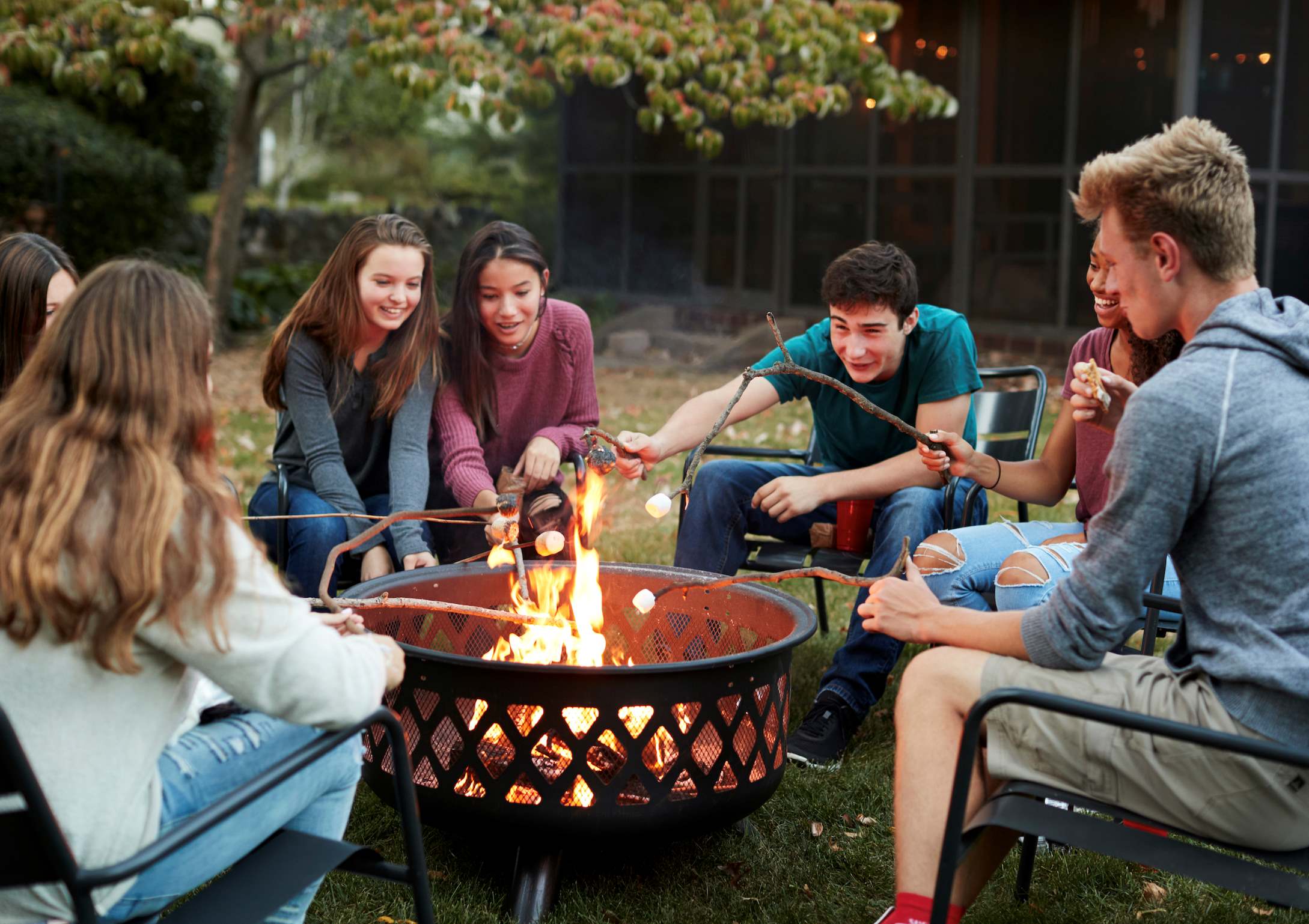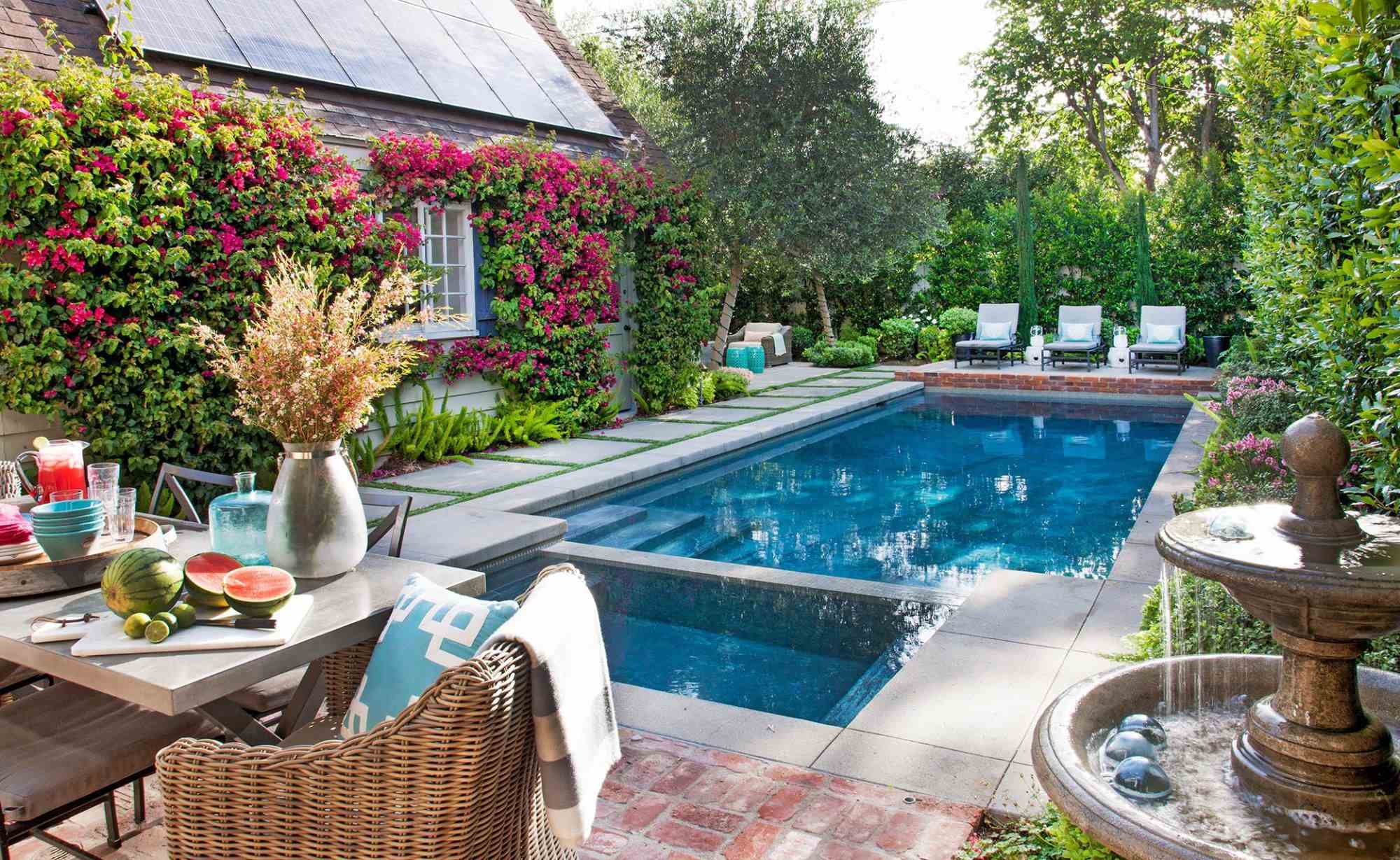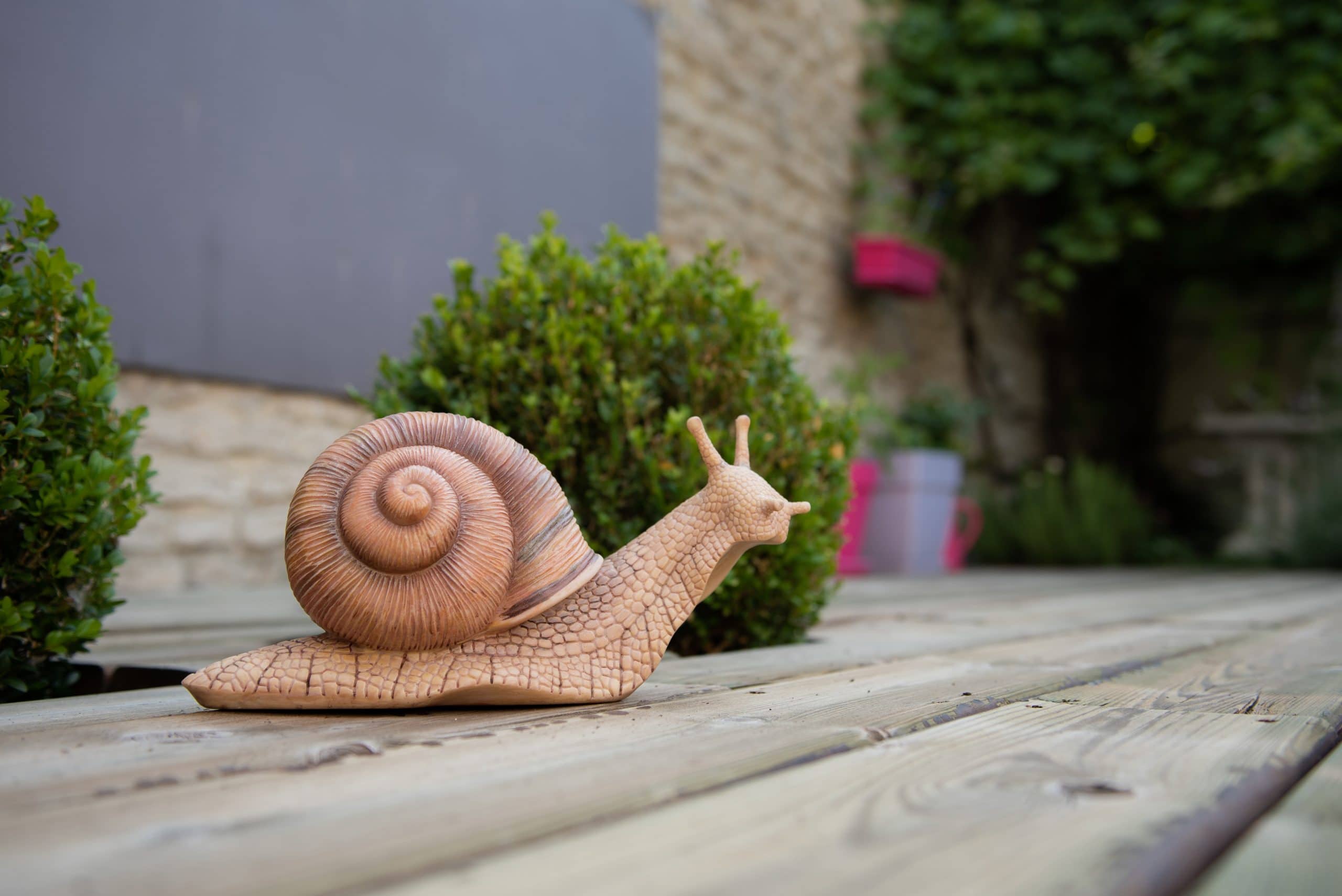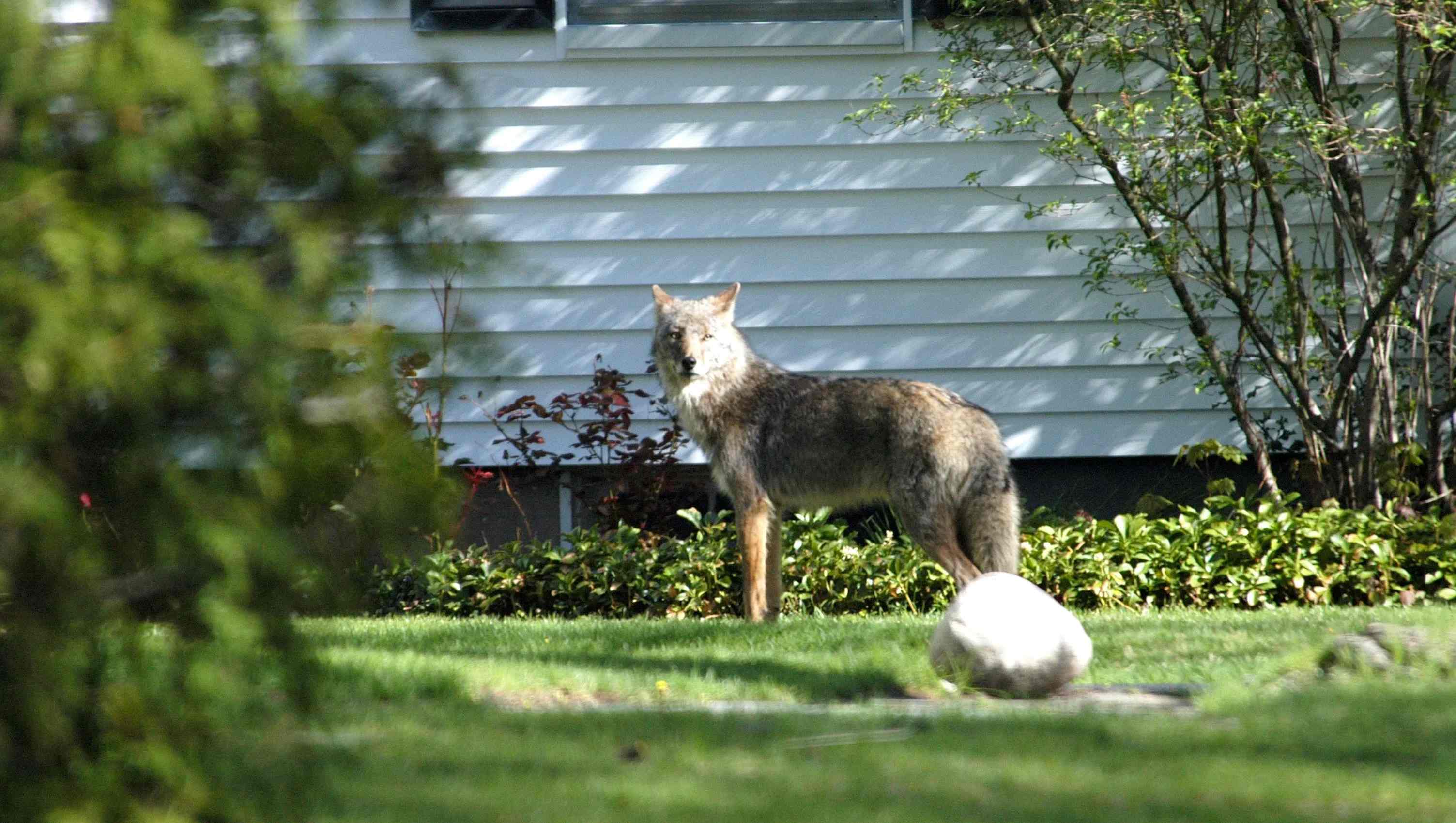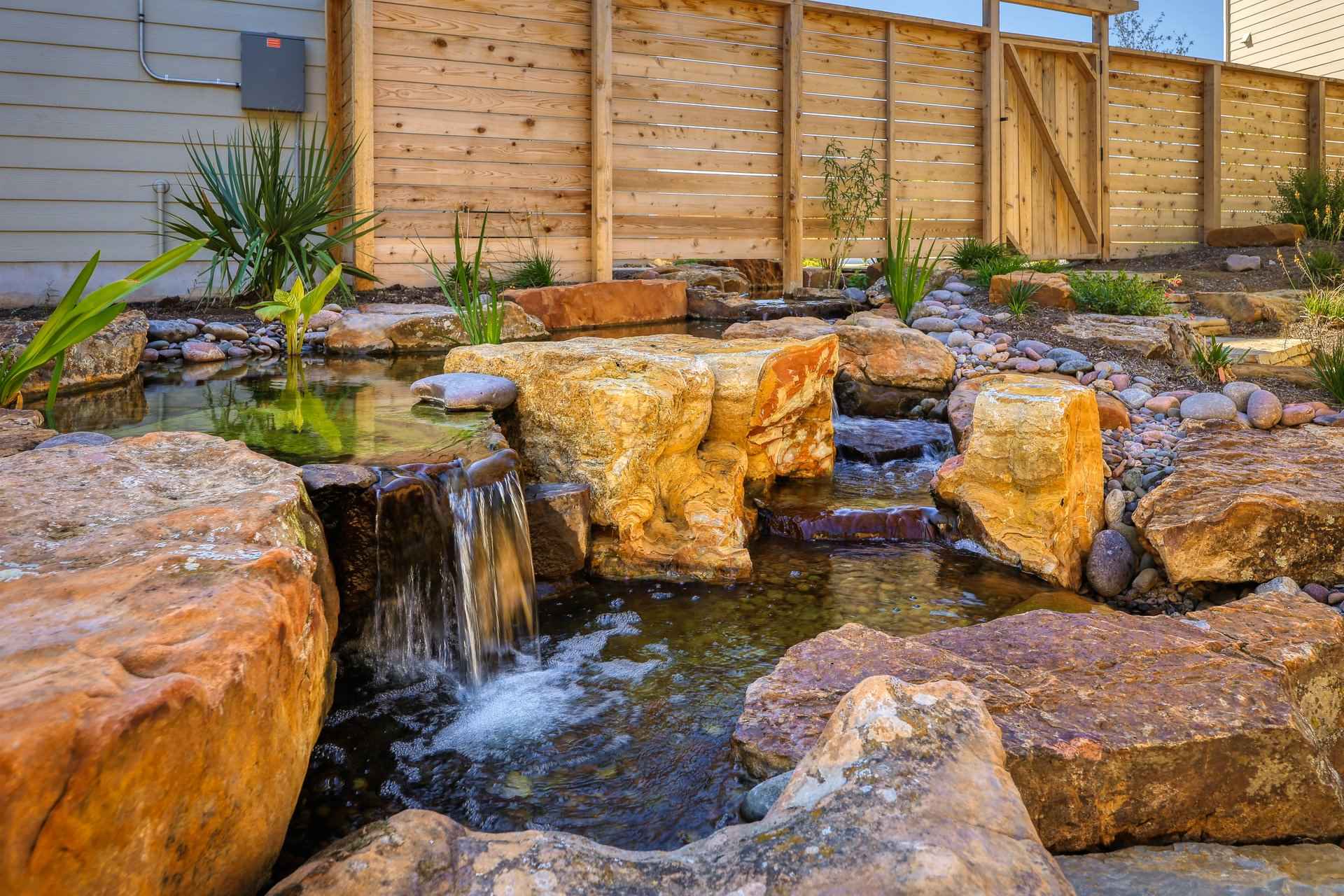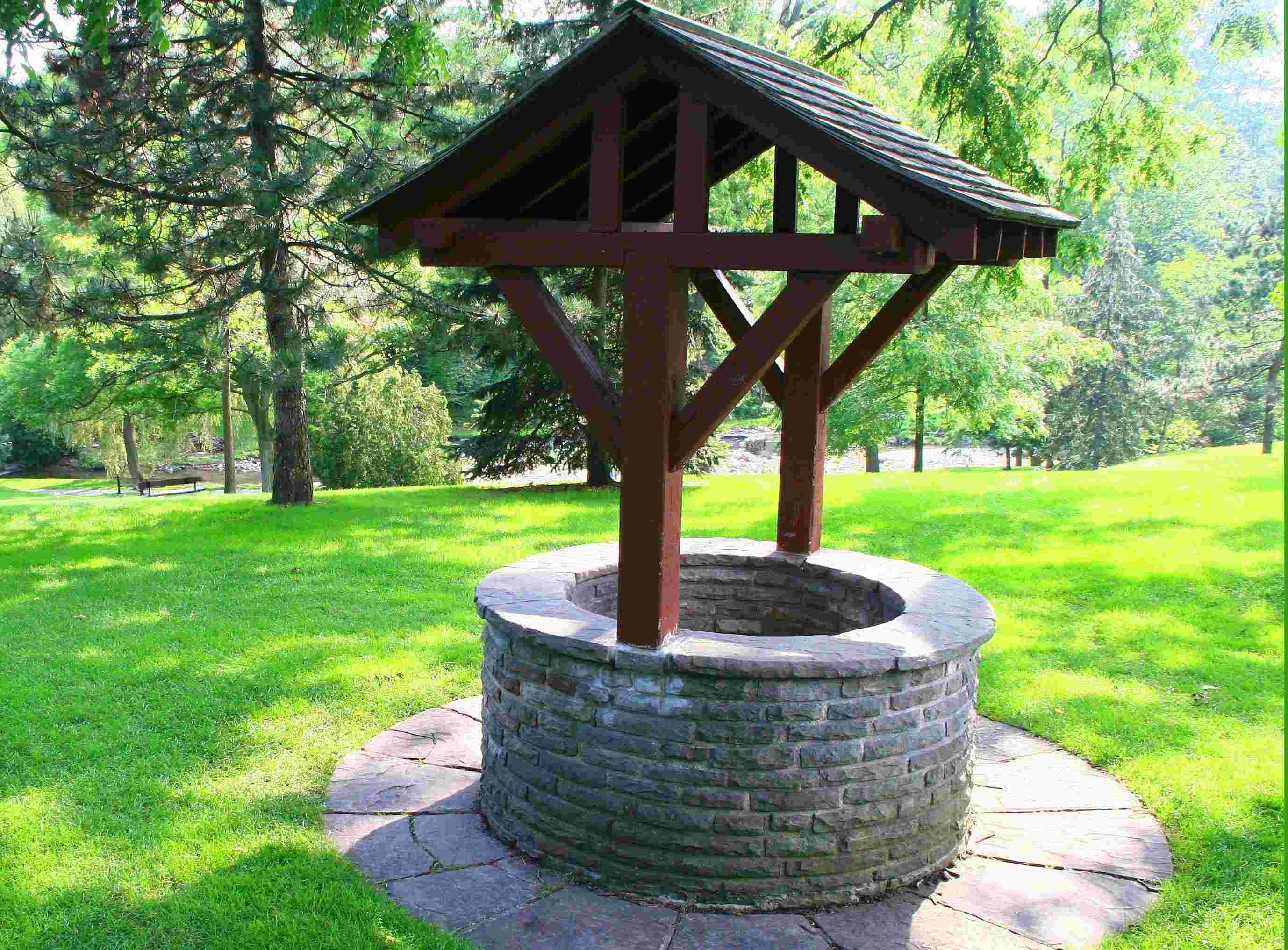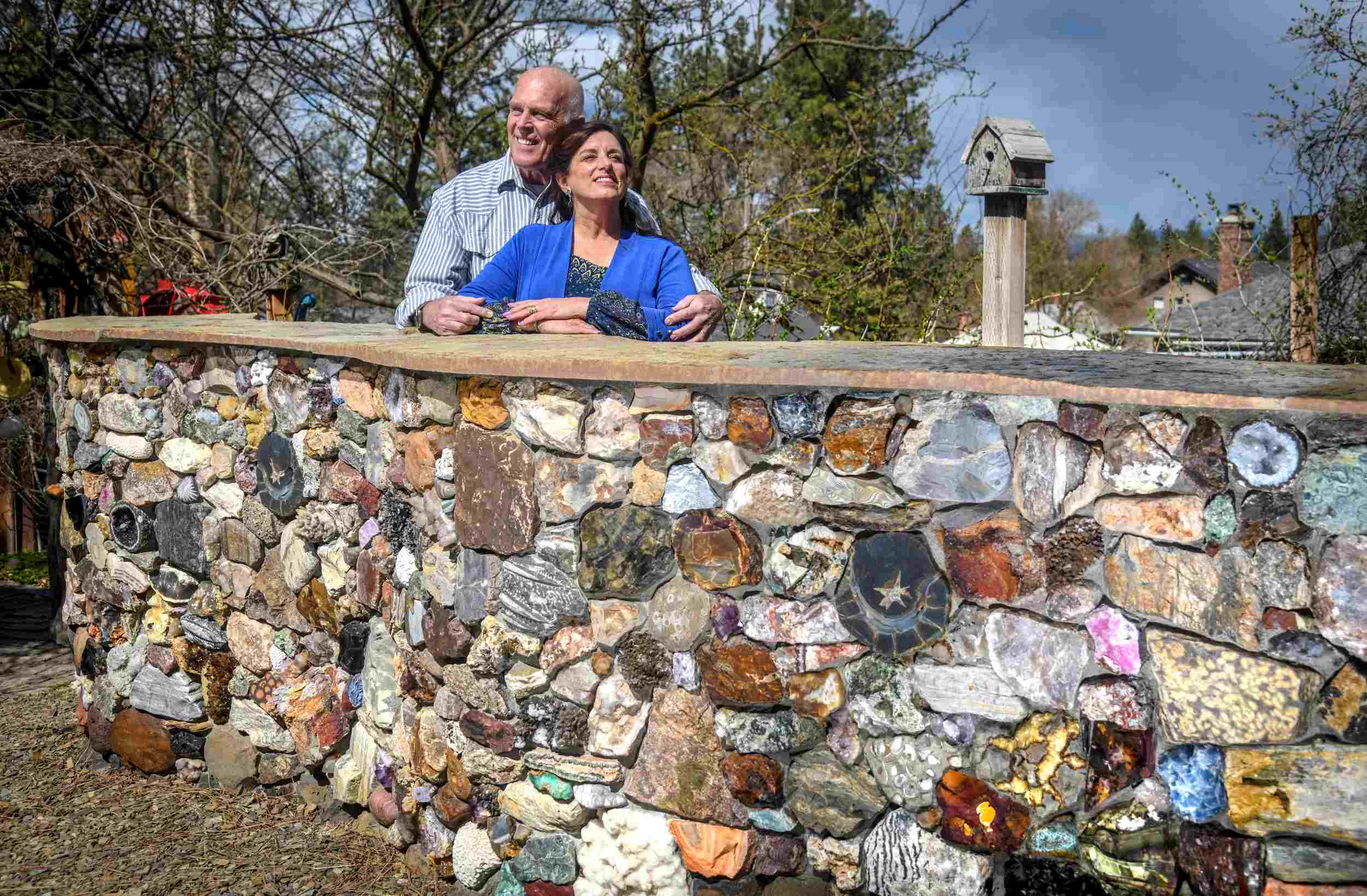Home>Garden Design>How To Design Your Backyard
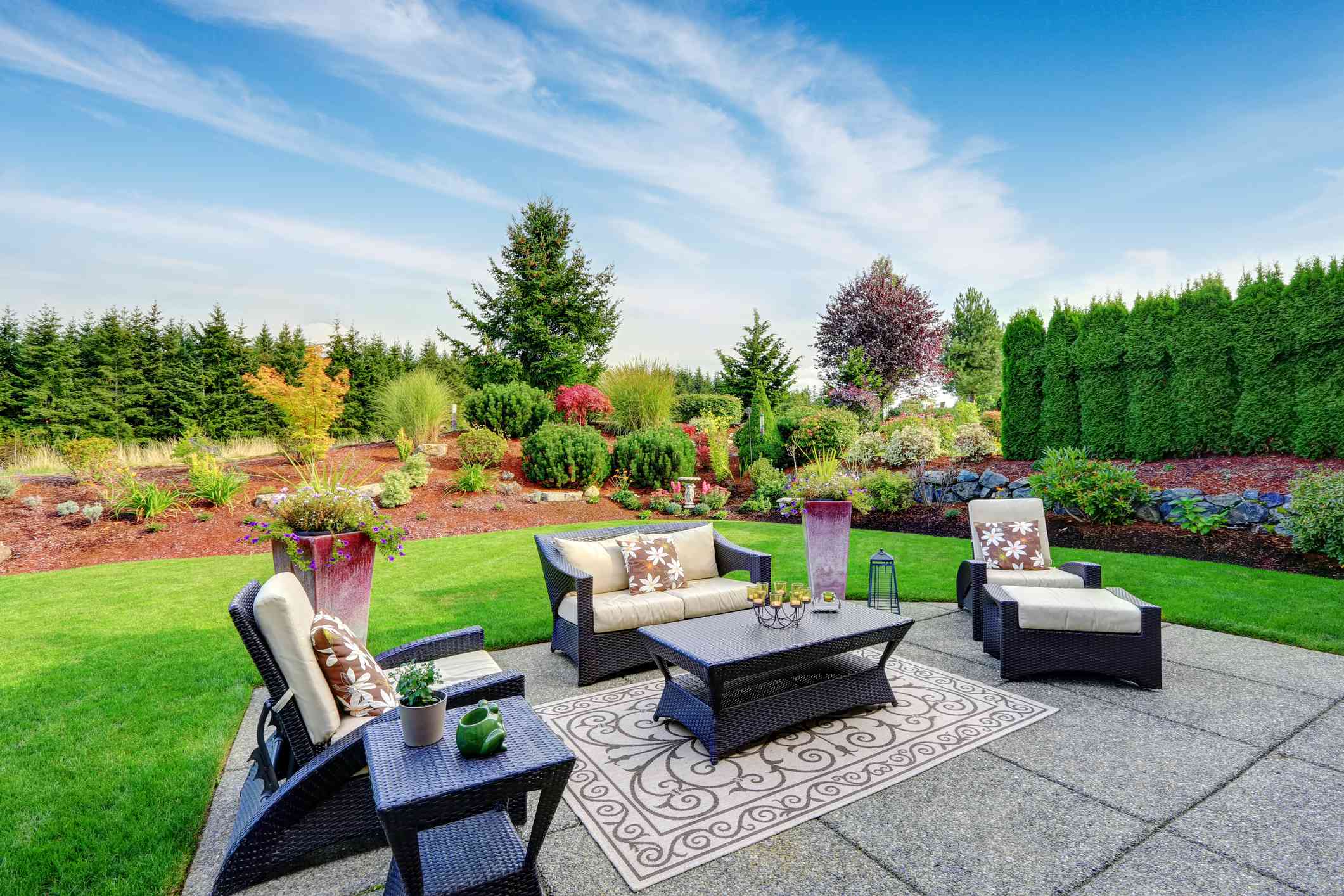

Garden Design
How To Design Your Backyard
Modified: January 22, 2024
Learn how to transform your backyard with stunning landscape design ideas that will create a picturesque and inviting outdoor sanctuary.
(Many of the links in this article redirect to a specific reviewed product. Your purchase of these products through affiliate links helps to generate commission for Chicagolandgardening.com, at no extra cost. Learn more)
Table of Contents
- Introduction
- Step 1: Assess Your Space
- Step 2: Determine Your Needs and Preferences
- Step 3: Create a Layout Design
- Step 4: Choose the Right Plants and Trees
- Step 5: Add Functional and Decorative Elements
- Step 6: Consider Outdoor Lighting
- Step 7: Plan for Seating and Entertainment Areas
- Step 8: Add Finishing Touches
- Conclusion
Introduction
Designing your backyard can transform it into a beautiful and functional space where you can relax, entertain, and connect with nature. Whether you have a small patio, a sprawling lawn, or anything in between, there are endless possibilities to unleash your creativity and create a landscape that reflects your style and meets your needs.
A well-designed backyard not only enhances the aesthetic appeal of your property but also provides a sanctuary where you can escape the stresses of daily life and enjoy the outdoors. Whether you have a passion for gardening, love to entertain guests, or simply want a peaceful haven to unwind, designing your backyard allows you to tailor the space to your desires.
From planning the layout to selecting the right plants and adding functional elements, this article will guide you through the step-by-step process of designing your backyard. Whether you are a landscape design novice or have some experience, we will provide you with valuable tips and ideas to help you transform your outdoor space into a stunning retreat.
By the end of this article, you will be equipped with the knowledge and inspiration to embark on your backyard design journey. So, let’s dive in and discover how you can create your own personal oasis right in your backyard!
Step 1: Assess Your Space
Before diving into the design process, it’s important to assess the current state of your backyard. Walk around and take note of its size, shape, existing features, and any potential limitations. Consider factors such as sunlight exposure, drainage, and privacy.
Understanding the layout and characteristics of your space will help you make informed decisions during the design process. Measure the dimensions of your backyard and create a rough sketch or use an online tool to visualize the space.
Take note of any existing structures such as trees, fences, or sheds that you want to keep or work around. Identify any challenges, such as uneven terrain or areas prone to flooding, that may require additional attention during the design phase.
Consider the direction of sunlight throughout the day and how it affects different areas of your backyard. This information will help you determine where to place seating areas, gardens, or other features that require specific lighting conditions.
Also, think about the level of privacy you desire. Are you comfortable with your neighbors seeing into your backyard, or would you prefer to create a more secluded space? This will influence the placement of fences, shrubs, or other privacy-enhancing elements.
By thoroughly assessing your space, you will have a solid foundation for the rest of the design process. Understanding the unique qualities and limitations of your backyard will enable you to make informed decisions and create a design that maximizes its potential.
Step 2: Determine Your Needs and Preferences
Now that you have assessed your space, it’s time to determine your needs and preferences for your backyard design. Think about how you envision using your outdoor space and what elements are essential to you.
Consider factors such as functionality, aesthetics, and your lifestyle. Are you looking to create a space for relaxation and solitude, or do you want an area that can accommodate social gatherings and entertainment?
Think about the activities you enjoy and how you can incorporate them into your backyard design. If you love gardening, designate an area for planting beds or a vegetable garden. If you enjoy outdoor cooking, consider adding a grill or an outdoor kitchen. If you have children or pets, factor in a play area or a secure space for them to roam.
Consider your aesthetic preferences as well. Do you prefer a formal, structured design, or do you lean towards a more natural, organic look? Think about the colors, textures, and styles that resonate with you and how they can be incorporated into your landscaping and hardscaping choices.
Take into account any budgetary constraints or maintenance limitations. Consider whether you have the time and resources to maintain a high-maintenance design or if you prefer a low-maintenance approach.
It’s important to strike a balance between your needs, preferences, and practical considerations. By clearly defining your needs and preferences, you can better align the design choices with your vision for your backyard.
Through this process, you will gain a clear understanding of how you want to utilize your outdoor space and the elements that are most important to you. This will guide you in making informed decisions in the next steps of the design process.
Step 3: Create a Layout Design
With a clear idea of your needs and preferences, it’s time to create a layout design for your backyard. This step involves mapping out the placement of various features, such as seating areas, gardens, pathways, and other functional elements.
Start by sketching out your backyard on a piece of paper or using a digital design tool. Consider the scale and proportions of your space, ensuring that the layout is to scale. This will help you visualize how different elements will fit together and ensure a balanced and harmonious design.
Begin by establishing the focal point of your backyard. This could be a feature like a water fountain, a fire pit, or a striking tree. From there, create zones for different activities or purposes. For example, designate an area for dining, a separate space for lounging, and a dedicated spot for a garden or play area.
When designing the layout, consider the flow and connectivity between different areas. Ensure there are logical pathways that connect the various zones and provide easy access. Think about the views from different vantage points and make the most of any scenic elements or natural surroundings.
Take into account the principles of design, such as balance, rhythm, and repetition. Distribute visual weight evenly across the space, creating a sense of equilibrium. Consider using elements like plantings, hardscapes, or art installations to establish a rhythm and create visual interest.
Play around with different ideas and configurations before settling on a final layout design. Experiment with different furniture arrangements, patio shapes, or garden layouts to find the one that best suits your needs and maximizes the potential of your space.
Creating a thoughtful and well-designed layout will ensure that your backyard is both functional and visually appealing. It will provide you with a roadmap for the rest of the design process and help bring your vision to life.
Step 4: Choose the Right Plants and Trees
Choosing the right plants and trees is crucial for creating a beautiful and thriving backyard. They not only add color and texture to the landscape but also contribute to the overall ecosystem and provide various benefits like shade, privacy, or attracting wildlife.
Start by considering your climate and the specific conditions of your backyard, such as sunlight exposure and soil type. This will help you determine which plants and trees are suitable for your region. Research native species that are well-adapted to your area, as they are often low-maintenance and beneficial to the local environment.
Think about the purpose you want the plants to serve. If you’re looking for privacy, consider tall evergreen shrubs or trees that can create a natural screen. For adding color and visual interest, incorporate flowering plants that bloom at different times of the year.
Consider the growth habit and size of the plants and trees. Ensure they have enough space to mature without overcrowding each other or encroaching on other elements of your backyard. Also, take note of any potential invasiveness or aggressive root systems that may cause problems in the future.
Pay attention to the maintenance requirements of the plants and trees you choose. Some may require regular pruning or specific care, while others are more low-maintenance. Be realistic about the time and effort you’re willing to invest in maintaining your landscaping.
When selecting plants, aim for a mix of different heights, textures, and colors to create visual interest and a dynamic landscape. Combine ornamental grasses, flowering perennials, and shrubs to create layers of foliage and blooms. Consider using groundcovers to fill in gaps and suppress weeds.
Remember that plants and trees are living organisms, so it’s important to provide them with the right conditions to thrive. Adequate watering, proper soil preparation, and regular fertilizing are essential for their health and longevity.
By carefully choosing the right plants and trees for your backyard, you can create a vibrant and diverse landscape that will evolve and flourish over time.
Step 5: Add Functional and Decorative Elements
To truly transform your backyard into a personalized outdoor haven, it’s important to incorporate functional and decorative elements that complement your design. These elements not only enhance the overall aesthetics but also add practicality and enjoyment to your outdoor space.
Consider adding a patio or deck to create a designated space for outdoor dining or lounging. Choose durable and weather-resistant materials that align with your design style. Incorporate comfortable outdoor furniture and consider features such as umbrellas or a pergola to provide shade during hot summer days.
If you’re a fan of cooking and entertaining, consider installing an outdoor kitchen or a barbecue area. This will allow you to easily prepare and enjoy meals while enjoying the fresh air and beautiful surroundings.
Water features, such as a fountain or a pond, can add a soothing and tranquil ambiance to your backyard. The sound of flowing water can create a sense of calm and provide a pleasant focal point. Additionally, water features attract birds and other wildlife, adding to the natural beauty of your outdoor space.
Garden structures, such as arbors, trellises, or gazebos, can serve as architectural focal points and provide vertical interest in your backyard. You can train climbing plants like roses or vines to grow on these structures, creating a stunning visual display.
Lighting is another essential element that can transform your backyard into an enchanting oasis. Consider installing outdoor lighting to illuminate walkways, highlight landscaping features, or create a warm ambiance for evening gatherings. Solar-powered lights are a sustainable and cost-effective option.
Don’t forget to include decorative elements that reflect your personal style and add a touch of personality to your backyard. This can include art installations, sculptures, or unique planters. Incorporate colors and textures that complement your overall design theme.
Lastly, don’t overlook the importance of proper storage and organization. Consider adding outdoor storage solutions, such as sheds or benches with hidden compartments, to keep your gardening tools, cushions, and other outdoor items neatly organized and protected.
By adding functional and decorative elements, you can create a backyard that not only looks beautiful but also meets your practical needs and provides endless enjoyment for you and your family.
Step 6: Consider Outdoor Lighting
Outdoor lighting plays a crucial role in enhancing the ambiance and functionality of your backyard. It not only adds a touch of elegance but also extends the usability of your outdoor space into the evening hours. When considering outdoor lighting, keep in mind both practicality and aesthetics.
Start by assessing the different areas of your backyard that would benefit from lighting. Walkways and pathways should be well-lit for safety and ease of navigation. Consider using path lights or ground-level fixtures to illuminate these areas. Additionally, lighting stairs or steps is essential to prevent accidents.
Consider the architectural features of your backyard and how lighting can highlight and accentuate them. Use uplighting to showcase the beauty of trees, shrubs, or structures. Silhouetting is another technique where the light is placed behind a feature to create a dramatic outline.
Create a warm and inviting ambiance by incorporating soft, subtle lighting around seating areas. This can be achieved through the use of string lights, lanterns, or sconces. Focus on areas where you entertain or relax, such as a patio or deck, to create a cozy and inviting atmosphere.
When selecting outdoor lighting fixtures, consider the style and theme of your backyard design. Choose fixtures that complement your overall aesthetic. Whether you prefer modern, traditional, or rustic, there are various options available to suit your taste. Also, consider the durability and weather resistance of the fixtures to ensure they can withstand outdoor conditions.
Take advantage of smart lighting technology, such as motion sensors or timers, to automate your lighting and conserve energy. Motion-sensitive lights can provide added security by detecting movement around your property. Timers can help create a consistent lighting schedule and save energy by turning off lights when they’re not needed.
It’s important to strike a balance with outdoor lighting. Avoid excessive brightness or creating glare that can be uncomfortable for both you and your neighbors. Experiment with different lighting effects, such as soft and diffused lighting or spotlights for focal points, to create a visually appealing and welcoming environment.
Remember to consider environmental factors when planning your outdoor lighting. Opt for energy-efficient LED lights, which consume less power and have a longer lifespan compared to traditional bulbs. Additionally, consider utilizing solar-powered lights to reduce your carbon footprint.
By carefully considering outdoor lighting, you can create a captivating atmosphere that extends the enjoyment of your backyard well into the night, enhancing both safety and aesthetics.
Step 7: Plan for Seating and Entertainment Areas
When designing your backyard, it’s crucial to plan for seating and entertainment areas that promote relaxation, socializing, and enjoyment of the outdoor space. These areas serve as gathering spots for family and friends, allowing you to make the most of your backyard oasis.
Start by assessing your needs and preferences for seating and entertainment. Consider the number of people you typically host and the type of activities you enjoy. Do you need a large dining table for outdoor meals or a cozy seating area for lounging? Will you incorporate a fire pit for chilly evenings or a built-in bar for outdoor gatherings?
Based on your needs, determine the size and location of the seating and entertainment areas. Consider the natural flow of traffic and how the areas will integrate with other features of your backyard. Ensure there is enough space to comfortably accommodate your guests and allow for easy movement.
Incorporate comfortable and weather-resistant furniture that aligns with your design style. Choose materials that can withstand outdoor conditions and require minimal maintenance. Options range from traditional patio sets to more modern modular seating arrangements.
Create a focal point within the seating area, such as a central fireplace, a water feature, or a stunning view. This adds visual interest and draws people to gather around it. Arrange the seating to maximize the view and facilitate conversation among your guests.
Consider adding shelter or shade to the seating area to provide relief from the sun or protection from unexpected rain showers. This could be through a pergola with a retractable canopy, an umbrella, or a shade sail. Additionally, outdoor curtains or plantings can create a sense of privacy.
Integrate entertainment elements to enhance the experience in your backyard. This can include a built-in grill or an outdoor kitchen for cooking and dining, a bar for serving drinks, or a projection screen for outdoor movies or sports viewing.
When designing your seating and entertainment areas, think about the lighting as well. Ensure there is adequate lighting for evening gatherings. Incorporate soft and ambient lighting to create a warm and inviting atmosphere, and consider task lighting for specific areas like food preparation or game tables.
Remember to leave enough open space around the seating and entertainment areas for flexibility and movement. Avoid overcrowding the space and maintain the balance between functionality and aesthetics.
By carefully planning for seating and entertainment areas, you can create a welcoming and functional space where you and your guests can relax, converse, and enjoy the outdoors.
Step 8: Add Finishing Touches
As you near the final stages of designing your backyard, it’s time to add the finishing touches that will elevate the overall atmosphere and aesthetic appeal of the space. These small details can make a big difference and add the perfect polish to your outdoor oasis.
One important finishing touch is the incorporation of decorative elements. Consider adding art pieces, sculptures, or garden ornaments that reflect your personal style and enhance the overall theme of your backyard design. These eye-catching features can serve as focal points or accents that bring visual interest to the space.
Accessorize your seating and entertainment areas with cushions, pillows, and throws that add comfort and style. Choose fabrics and patterns that withstand outdoor conditions while adding a pop of color or texture. This not only enhances the visual appeal but also invites guests to relax and enjoy the space.
Utilize containers and planters to introduce additional greenery and flowers to your backyard. Choose containers that complement your design aesthetic and consider grouping them in different heights and sizes for visual interest. Mix and match different types of plants, including annuals, perennials, and even herbs, to provide a variety of colors and scents.
Consider adding a focal point like a fire pit or an outdoor fireplace that can serve as a gathering spot and create a cozy atmosphere in your backyard. This can extend the usability of your outdoor space into the cooler evenings and make it a perfect setting for roasting marshmallows and enjoying the company of loved ones.
Pick out stylish and functional outdoor accessories such as lanterns, string lights, or outdoor rugs to add character and charm to your backyard. These small touches can create a warm and inviting ambiance that makes your outdoor space feel like an extension of your indoor living area.
Lastly, pay attention to the overall cleanliness and organization of your backyard. Regularly maintain and groom your plants, remove weeds, and keep your outdoor furniture and surfaces clean. A well-kept space enhances the overall appeal and allows you to fully enjoy your backyard.
By adding these finishing touches, you’ll bring your backyard design to a new level. These details reflect your personal style, create an inviting atmosphere, and contribute to the overall enjoyment of your outdoor space.
Conclusion
Designing your backyard provides you with the opportunity to create an outdoor space that reflects your style, meets your needs, and enhances your overall well-being. By following the steps outlined in this article, you can transform your backyard into a beautiful and functional haven.
From assessing your space to determining your needs and preferences, creating a layout design, choosing the right plants and trees, incorporating functional and decorative elements, considering outdoor lighting, planning for seating and entertainment areas, and adding the finishing touches, each step plays a vital role in the design process.
Remember to strike a balance between aesthetics and practicality, considering your climate, maintenance requirements, and budget. Think about how you will use and enjoy your backyard, whether it’s for relaxation, entertaining, gardening, or all of the above. By creating distinct zones and integrating elements that cater to your lifestyle, you can maximize the functionality and enjoyment of your outdoor space.
Throughout the design process, let your creativity and personal style shine. Incorporate colors, textures, and design elements that resonate with you, creating a backyard that feels like an extension of your own personality and taste. Consider the natural surroundings and integrate them into your design, embracing the beauty of the environment.
Lastly, remember that designing your backyard is an ongoing journey. As plants grow, seasons change, and your needs evolve, you may find yourself making adjustments and additions to your design. Embrace the opportunity to continuously improve and refine your outdoor oasis.
So, take the knowledge and inspiration you’ve gained from this article and embark on your backyard design journey. Create a space where you can relax, gather with loved ones, connect with nature, and make lasting memories. Your backyard awaits your creativity and vision!

